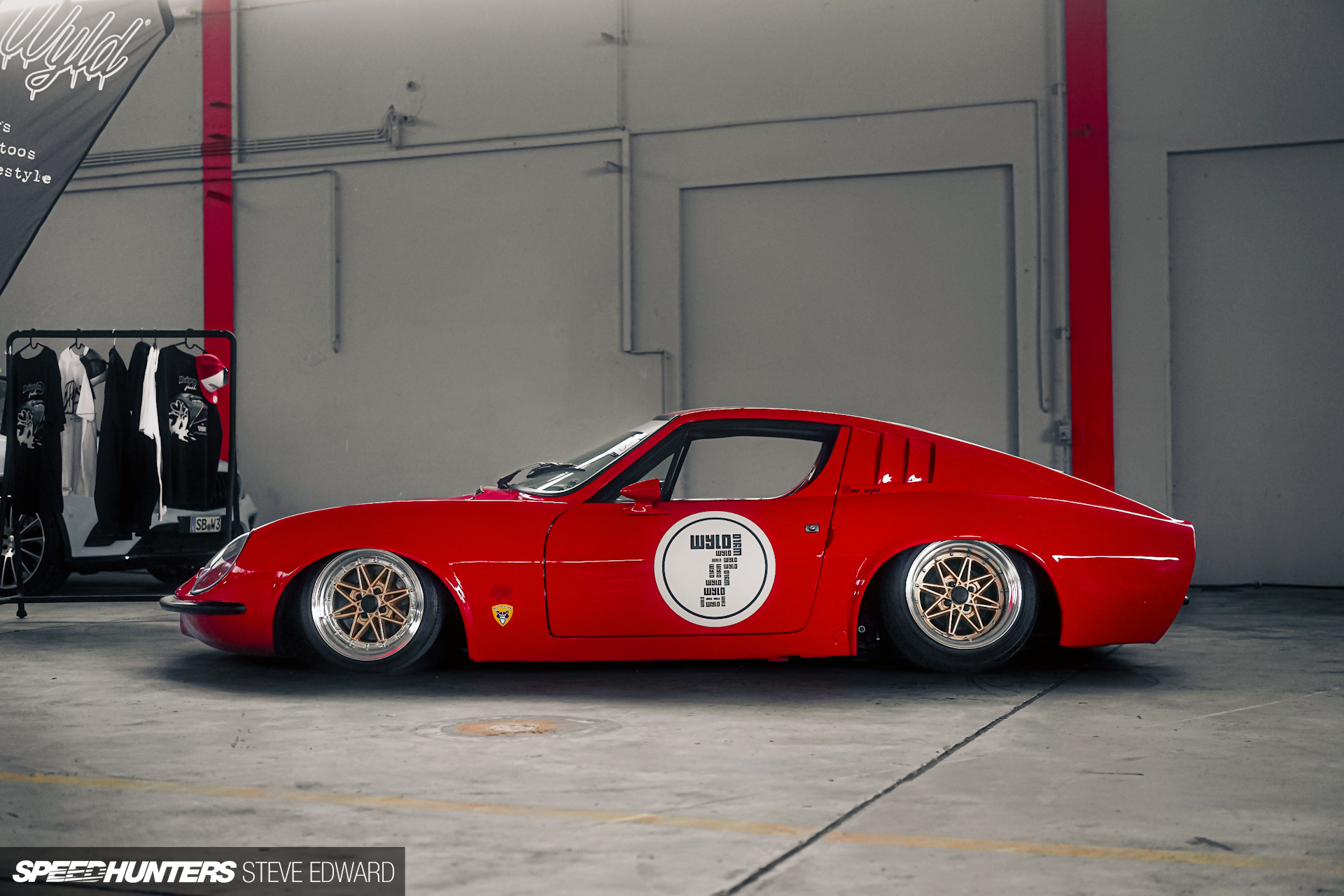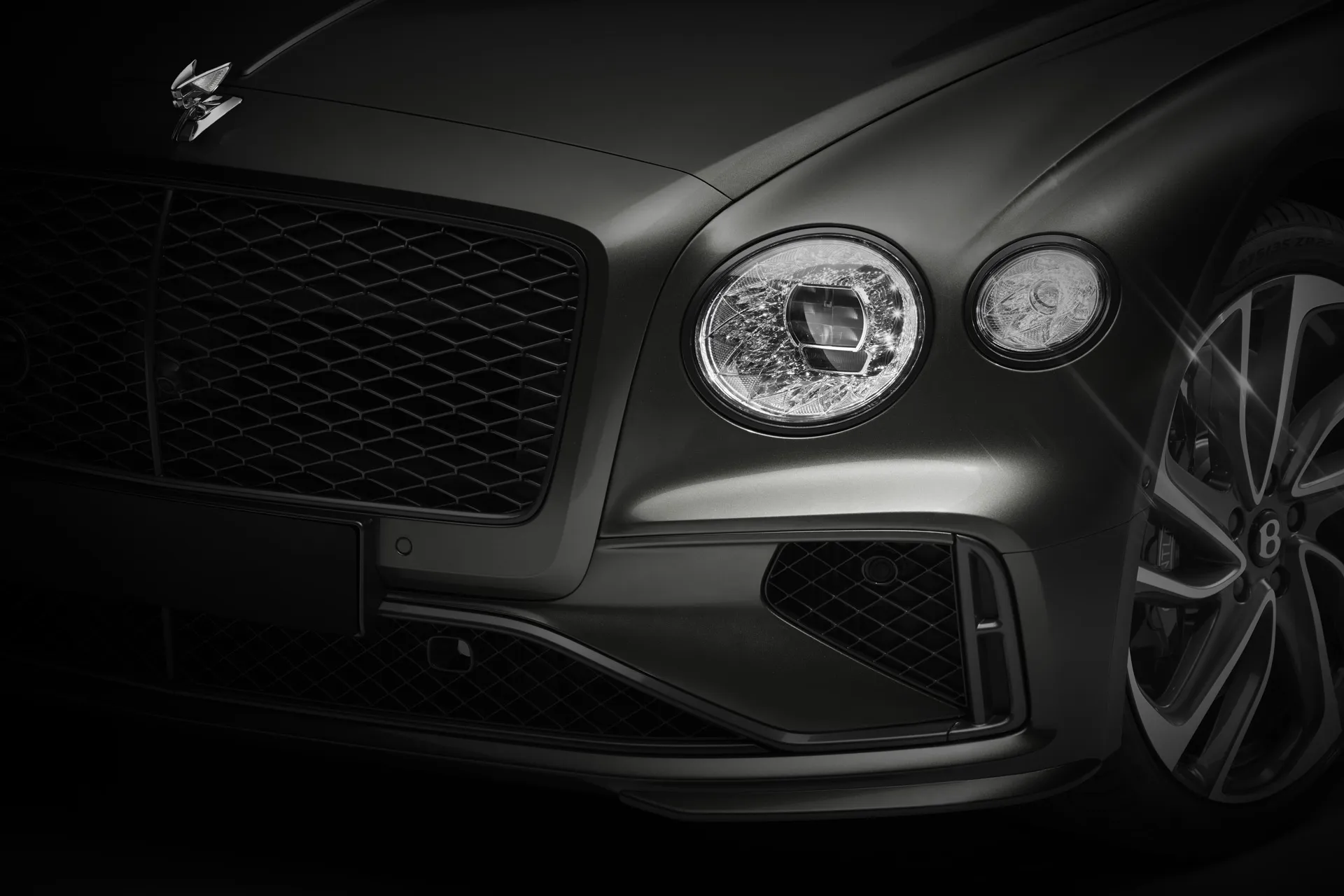
The number of ideas executed in the automotive world is mind-boggling. While the big players have written most of automotive history, deep in the sidelines are stories of small and sometimes truly eccentric projects.
The Brazilian Puma is a chapter in the automotive history book that has remained largely unknown. So to see a Puma GTE in a modified state at the recent ‘To Hell’ stance show in Germany blew my mind. The unique sports car, slammed to the floor, spoke to my nerdy nature; I had to know more.
I had seen the car on social media but didn’t know what it was. The round headlights reminded me of the original Lotus Europa. The sleek and low silhouette reminded me of a 1960s Italian Berlinetta. And the small dimensions made me think it could be a classic Abarth sports car.

A closer, in-person look revealed design cues from the Lamborghini Miura; the shape of the upper parts of the doors and the rear end that tapers inward are two such details. Looking back at Puma’s history, the Miura is indeed mentioned as an inspiration for the GTE.
But cues are where the similarities between the Puma GTE and any of the cars just mentioned begin and end.

The Puma story began in Brazil in the early 1960s with Italian-born designer Rino Malzoni. Using a German DKW chassis supplied by Veículos e Máquinas Agrícolas S.A. (DKW-Vemag) – the Brazilian DKW agent – Malzoni created a fiberglass-bodied sports car for motorsport. Off the back of its success in 1963 and 1964, the 1965 GT Malzoni road car – still using DKW underpinnings – was born.
One year later, the Malzoni brand became Puma, and the Puma GT – essentially a refined version of the Malzoni GT – made its debut. Around 125 cars were produced.

When Volkswagen purchased DKW-Vemag in 1967, Puma had to pivot. Malzoni spent more than a year adapting his fibreglass-reinforced plastic (FRP) bodywork design to VW’s Karmann Ghia chassis. The wheelbase was shortened, but the Volkswagen air-cooled flat-four was retained. The Puma GTE was launched in 1970, and in the following years, other variants were produced and updates were made. Factoid: The ‘E’ in the Puma GTE stands for ‘Export’.
This 1976 GTE came to Germany in 2017. Pascal Klein – also known as Mr. Wyld – the current owner – purchased the car in a restored condition in 2020 and began making personal touches the following year.

Pascal had previously built a very low VW Beetle, so he was intrigued by the Volkswagen-underpinned Puma GTE when hearing about it from a friend. The Beetle was sold and the new project began.
The idea for the build was relatively simple. Being a unique car with exotic styling and irreplaceable body parts, the exterior was to remain largely standard. However, the suspension, fenders, wheels and interior would all see work.

In stock form, the GTE roofline sits below 1.2 meters. With air suspension and a little body modification, Pascal hoped to drop it to under 1 meter. Sitting on 15-inch Work Equip 03 wheels fitted via hub adapters and with the suspension fully aired out, a roof height of just 99cm (40 inches) has been achieved. That’s just bonkers!

Just as crazy are the rear wheel specs for this tiny car, which read 15×10-inch. The dishes are huge and the fitment is perfect. The JDM wheels add another layer of mystery for anyone who doesn’t know what a Puma GTE is in the first place. I’m sure that’s most of us.

Looking inside the car, the air suspension tank and custom hard lines mounted high in the rear of the cabin are the first things that grab your eye. But the interior has seen a lot of work throughout.

All of the factory red accents have been changed to black and new front seats have been fitted, although they look like they could be original items. The wooden panel across the dashboard is a custom piece made to match the tone of the classic Nardi wooden steering wheel. Everything apart from the air suspension installation feels totally in keeping with the car’s age and design.
Since finishing the Puma, Pascal has taken it to events all over Europe. In 2022, it even won the German stop of that year’s Hot Wheels Legends Tour.

The modifications to Pascal’s Puma GTE are simple but well thought out. What I appreciate the most is that he hasn’t been afraid to customize what is a very rare machine.
It’s only been a minute, but I’m already looking forward to my next encounter with this crazy little part-German, part-Brazilian, and Italian-designed sports car.
Steve Edward
Instagram: stevedwrd
IAMTHESPEEDHUNTER related stories on Speedhunters
How To join the IATS program: We have always welcomed readers to contact us with examples of their work and believe that the best Speedhunter is always the person closest to the culture itself, right there on the street or local parking lot. If you think you have what it takes and would like to share your work with us then you should apply to become part of the IAMTHESPEEDHUNTER program. Read how to get involved here.
Credit : Source Post
















